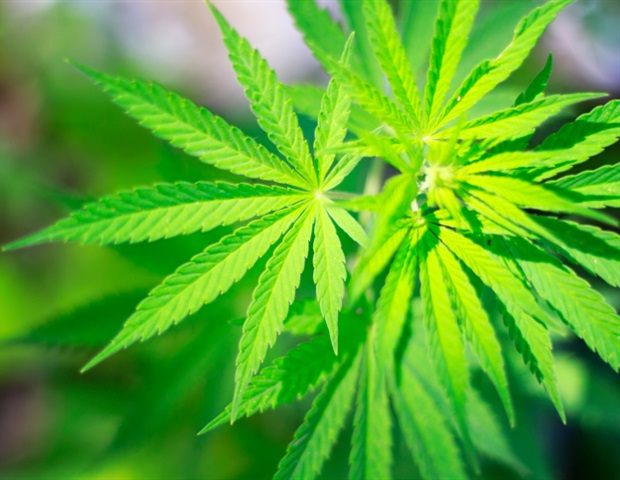
Alcohol use was the most common predictor of escalating cannabis vaping among youth and young adults, independent of demographic factors, according to research by UTHealth Houston published this month in the journal Social Science & Medicine.
Cannabis vaping is the use of electronic cigarette delivery of liquid tetrahydrocannabinol (THC), a concentrated form of cannabis that has been extracted and diluted into a liquid solution.Vaping cannabis has grown in popularity among young people in the U.S., according to the Substance Abuse and Mental Health Services Administration
A decade ago, 10% of cannabis users vaped it. Now, the number is about 75%, at least for youth and young adults. That is a major public health concern for many reasons.”
Dale Mantey, PhD, assistant professor of health promotion and behavioral sciences, UTHealth Houston School of Public Health
Cannabis vaping in youth and early adulthood can affect cognitive development and performance, including learning, memory, and attention; lead to the onset of chronic pulmonary damage from black market liquid THC products, as well as an increase in dependence on the drug; and result in incarceration due to federal prohibitions, which list cannabis as a Schedule I drug.
In this study, researchers focused on identifying the predictors of behavior of cannabis users and nonusers. The data included middle to high school students in Dallas/Fort Worth, San Antonio, Austin, and Houston. The students were surveyed from 2019 to 2021 and asked two questions: “Have you ever smoked marijuana or liquid THC from an electronic cigarette?” And “During the past 30 days, how many days did you smoke marijuana from an electronic cigarette?” The students were also asked to self-report their racial and ethnic identity, gender, nicotine usage, and alcohol consumption. Researchers also investigated two indicators of mental health among the student population: anxiety and depression.
“If we know what predicts that behavior, those are the things we can try to target for addressing and preventing cannabis vaping among youth,” Mantey said.
At the beginning of the study , 72.7% reported never cannabis vaping, 12.7% reported ever cannabis vaping, and 14.5% reported current cannabis vaping. Through the three-year duration of the study, the risk for cannabis vaping experimentation (never to current) was significantly higher among non-Hispanic Blacks relative to non-Hispanic whites and non-Hispanic other groups.
Alcohol proved to be a consistent factor in those who had never vaped cannabis to begin or experiment. Researchers referred to alcohol as a “gateway” to cannabis vaping, “The ultimate goal is to delay initiation of substances in youth because the later someone initiates a substance, the less likely they are to become addicted to it,” Mantey said. “Since alcohol was shown to be a strong predictor, we need more comprehensive interventions. When we go into schools and talk about nicotine, vaping, or tobacco prevention, we need to make sure we are incorporating cannabis prevention and alcohol prevention, not just one substance.”
Depression predicted cannabis vaping initiation among Hispanics and non-Hispanic Blacks groups. The authors said more research is needed to understand the impact depression and other mental health problems may have on cannabis vaping among various demographics so public health intervention can target the most at-risk groups.
Additional UTHealth Houston authors included Stephanie L. Clendennen, DrPH, MPH; Baojiang Chen, PhD; Sana Amin, MPH; and Melissa B. Harrell, PhD, MPH.
Source:
Journal reference:
Mantey, D. S., et al. (2024). Cannabis Vaping Use in Emerging Adulthood: Characterizing Transitions Between Stages of Vaping among a Diverse Cohort in Texas. Social Science & Medicine. doi.org/10.1016/j.socscimed.2024.117326.




